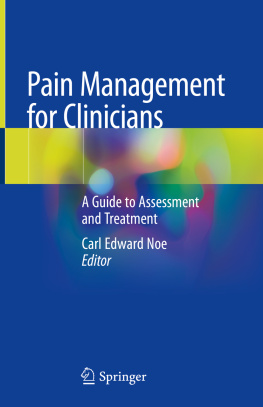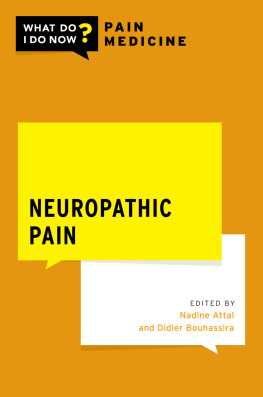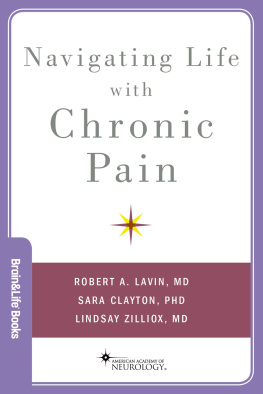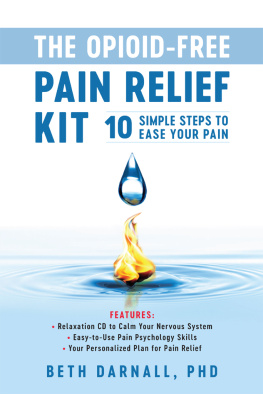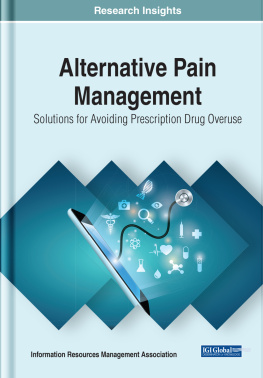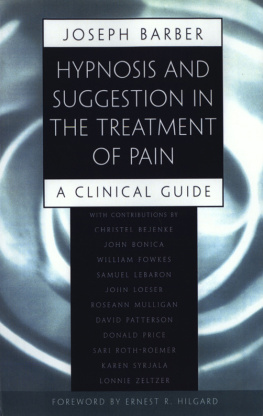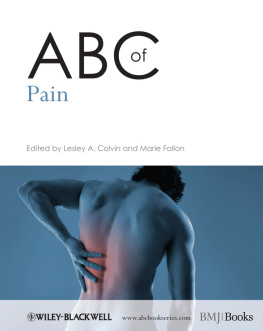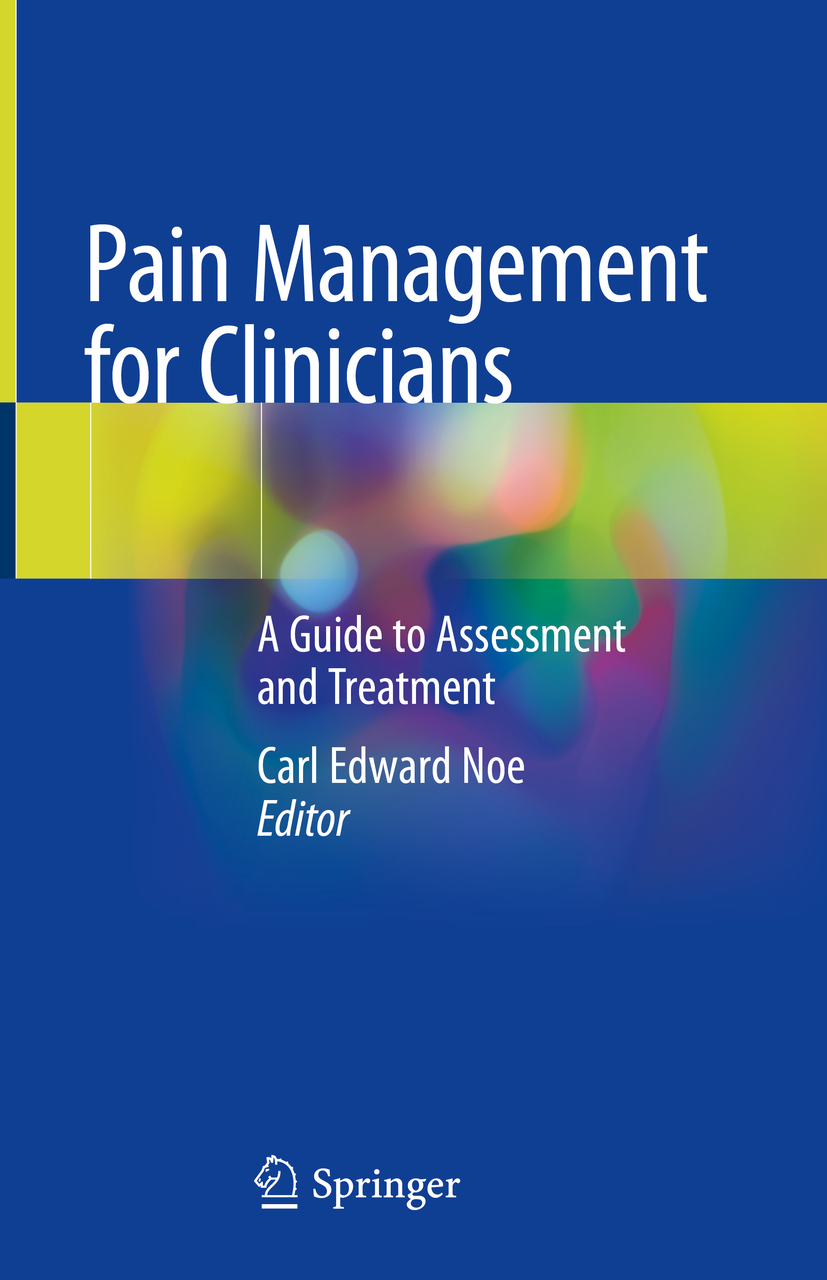Carl Edward Noe (editor) - Pain Management for Clinicians: A Guide to Assessment and Treatment
Here you can read online Carl Edward Noe (editor) - Pain Management for Clinicians: A Guide to Assessment and Treatment full text of the book (entire story) in english for free. Download pdf and epub, get meaning, cover and reviews about this ebook. year: 2020, publisher: Springer, genre: Romance novel. Description of the work, (preface) as well as reviews are available. Best literature library LitArk.com created for fans of good reading and offers a wide selection of genres:
Romance novel
Science fiction
Adventure
Detective
Science
History
Home and family
Prose
Art
Politics
Computer
Non-fiction
Religion
Business
Children
Humor
Choose a favorite category and find really read worthwhile books. Enjoy immersion in the world of imagination, feel the emotions of the characters or learn something new for yourself, make an fascinating discovery.
- Book:Pain Management for Clinicians: A Guide to Assessment and Treatment
- Author:
- Publisher:Springer
- Genre:
- Year:2020
- Rating:5 / 5
- Favourites:Add to favourites
- Your mark:
Pain Management for Clinicians: A Guide to Assessment and Treatment: summary, description and annotation
We offer to read an annotation, description, summary or preface (depends on what the author of the book "Pain Management for Clinicians: A Guide to Assessment and Treatment" wrote himself). If you haven't found the necessary information about the book — write in the comments, we will try to find it.
This book focuses on the modern clinical management of acute and chronic pain syndromes. It not only presents information in a clinically illuminating format, but in a manner that is cognizant of the current prescription opioid epidemic.
Divided into seven sections, this book covers acute pain, common pain conditions, regional pain problems, interdisciplinary evaluation and treatment, medical treatments and pain in different stages of life. Concluding with the exploration of several special topics, the last section includes an important discussion on the regulatory and legal issues in the use of controlled substances. Chapters are concise and relevant, with an emphasis on treatment based upon evidence from clinical trials and interpretation by practitioners in the field. Expertly written text is further supplemented by high-quality figures, images and tables outlining proven treatments with drug, dose or other information describing details of treatment.
Timely, informative, and socially conscious, Pain Management for Clinicians: A Guide to Assessment and Treatment is a valuable reference for clinicians who manage patients with chronic and common pain problems.
Carl Edward Noe (editor): author's other books
Who wrote Pain Management for Clinicians: A Guide to Assessment and Treatment? Find out the surname, the name of the author of the book and a list of all author's works by series.

